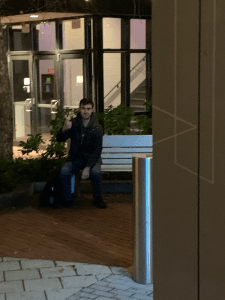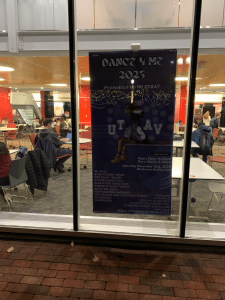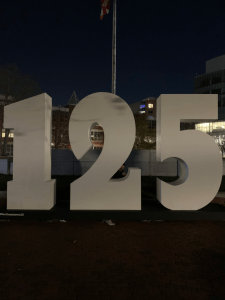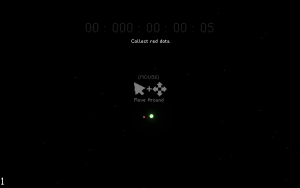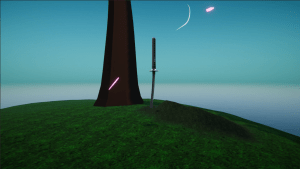How to Play:
- Find an accomplice who does not mind having someone they don’t know take pictures of them.
- Find your player. Make sure that they have not met the accomplice before. Tell them that you are playtesting a new game in which you need someone to take pictures of various objects around town. Once they take a picture, they should send it to you, and they will be scored from 0 to 100 based on how well they took a picture of the object.
- Set up your accomplice near the photo site, doing something innocuous, such as taking a phone call or working on something on their computer.
- Send the player to that site, along with some made-up criteria you’ll be judging their photo by. The true criteria, of course, being whether or not the accomplice is in the photo.
- Once you receive the photo, send the player their score, and ask if they’re satisfied with that score. Once they say yes, tell them to await further instructions.
- Repeat Steps 3-5 with each photo site, or until the Player realizes that the same person has been appearing in most every photo they’ve taken.
Playtesting Experience
After many, many delays due to scheduling issues, I finally managed to track down two friends of mine who don’t know each other; the person who ended up being my accomplice is our very own Timothy Doyle, who you’ll be seeing in quite a few of these pictures. The player was Charlie Liu, a current business major here who I knew from being in the same 12th Grade English Class. The pictures from this playtest are attached to this post.
- Shillman Hall This one was primarily a warm-up. I just had Charlie take a picture of the cat statue out front, with Tim nowhere in sight.
- Forsyth Street More warm-up. This time, flagpoles.
- That one archway outside Snell with all the broken screens inside of it I positioned Tim on a bench nearby, but Charlie never went around to the other side of the arch to actually get a picture with him in it. After around five pictures getting similarly low scores, Charlie gave up. I felt like having Tim move to the other bench would be too noticeable, so I just decided to move on.
- I had Tim sit where he had been on the bench after the playtest, and I myself took a picture of that, just to include in here as an aid in visualization.
- Curry Student Center F1 I asked Charlie to take a picture of the posters from the outside, and had Tim pretend to be busy on his laptop at a nearby table. This one worked like a charm, and had Tim in the shot on the second try.
- Curry Student Center F2 Tim talked to “his mom” over the phone behind a window, and Charlie took a picture of the Husky Statue in front of said window. Couldn’t have gone better.
- Ruggles Station This time, when asked to take a photo of the Customer Service booth, Charlie rotated around it when he was scoring low, which means that he did eventually get a shot of Tim definitely buying a ticket and not just kinda pushing buttons.
- Centennial Quad With this one, I wanted to see just how far I could take this. I had Tim hide behind the 2 of the big 125, and peek out with a grin and thumbs up. Charlie did take the picture of the 125, but he also definitely noticed Tim. And with that, the game was up. I debriefed my player, and we all went home.
Artist’s Statement
AKA “Jackson, why on Earth did you do this?”
I was inspired by games such as Uncle Roy All Around You, and the way it has the Game Master navigate two players out in the field that interact with each other in interesting ways. I wanted to try and create a game that emphasizes just how little we pay attention to our surroundings. The world we live in can be so incredibly distracting sometimes, and everyone’s always got something important that they need to be doing. By making Charlie focus on this one task of photography, he was completely oblivious to the things that the actual people around him were doing. Furthermore, I believe that there’s something to be said about how the points he was getting for the photos didn’t really make sense, and yet he didn’t really question it.
I guess, in the end, what this intervention is meant to show is that as you live your everyday life, you should strive to be aware of the people around you. As you hustle about through your day, don’t forget that everyone around you is doing their own thing as well. Also, be willing to question authority, and to ask for clarification when something doesn’t make sense. Because otherwise, you may end up playing into a completely different agenda without even realizing it.



